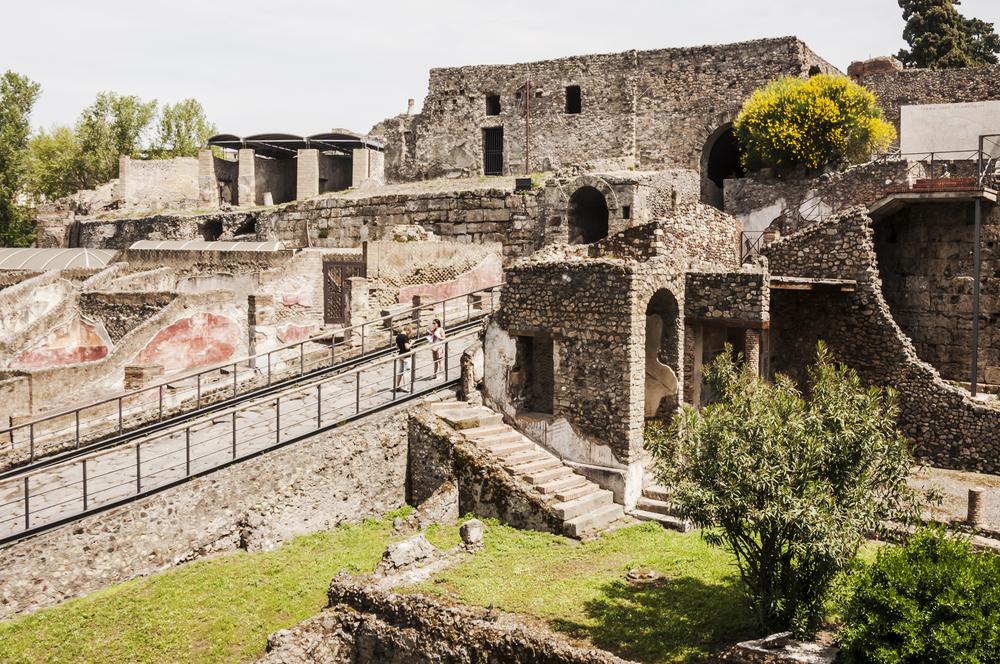The recent announcement that European scientists had pioneered a technique for reading papyrus scrolls from Herculaneum without unrolling them attracted widespread attention.
At first glance, this might seem odd. Of all the artefacts to have been unearthed from the ancient cities of Pompeii and Herculaneum – from the priceless silver to the titillating frescoes, the monumental sculpture to the mundane kitchen utensils – the papyrus scrolls excavated from a grand villa on the edge of Herculaneum seem to be among the least glamorous. Solidified in the volcanic matter that drowned the villa, they resemble nothing so much as lumps of charcoal. Indeed, early excavators in the 1750s, assuming that was all they were, discarded a good many.
Library of Antiquity
Yet this unremarkable appearance belies their true nature. These scrolls were, in fact, the holdings of the villa’s extensive library, the only library to have survived from antiquity. Their promise of untold literary riches has captivated the world ever since, so no wonder that these new developments have received such plaudits.
Scholars and scientists have been battling to satisfactorily decipher the scrolls’ contents ever since an Italian priest named Piaggio devised a machine, in the 1750s, that could painstakingly unroll the papyrus. The first scroll took four years to unroll, and even then, the black ink on the blackened background was exceptionally difficult to read. More recent technological developments in infrared and multi-spectral imaging have allowed the text on unrolled scrolls to be much more easily deciphered.

